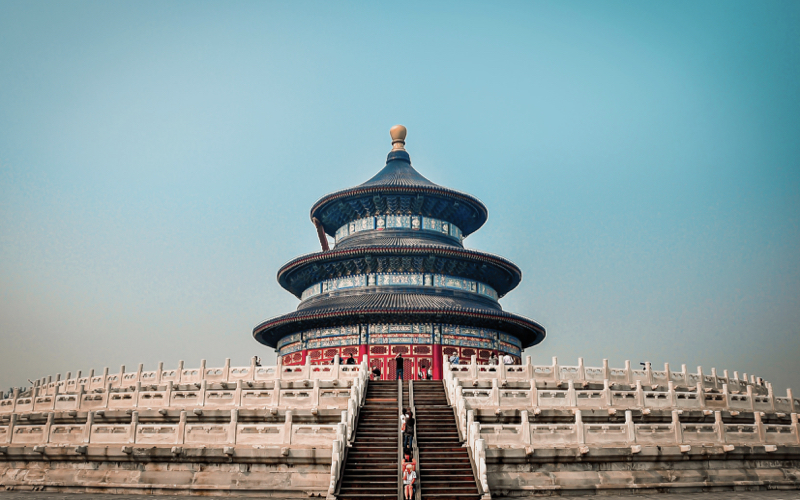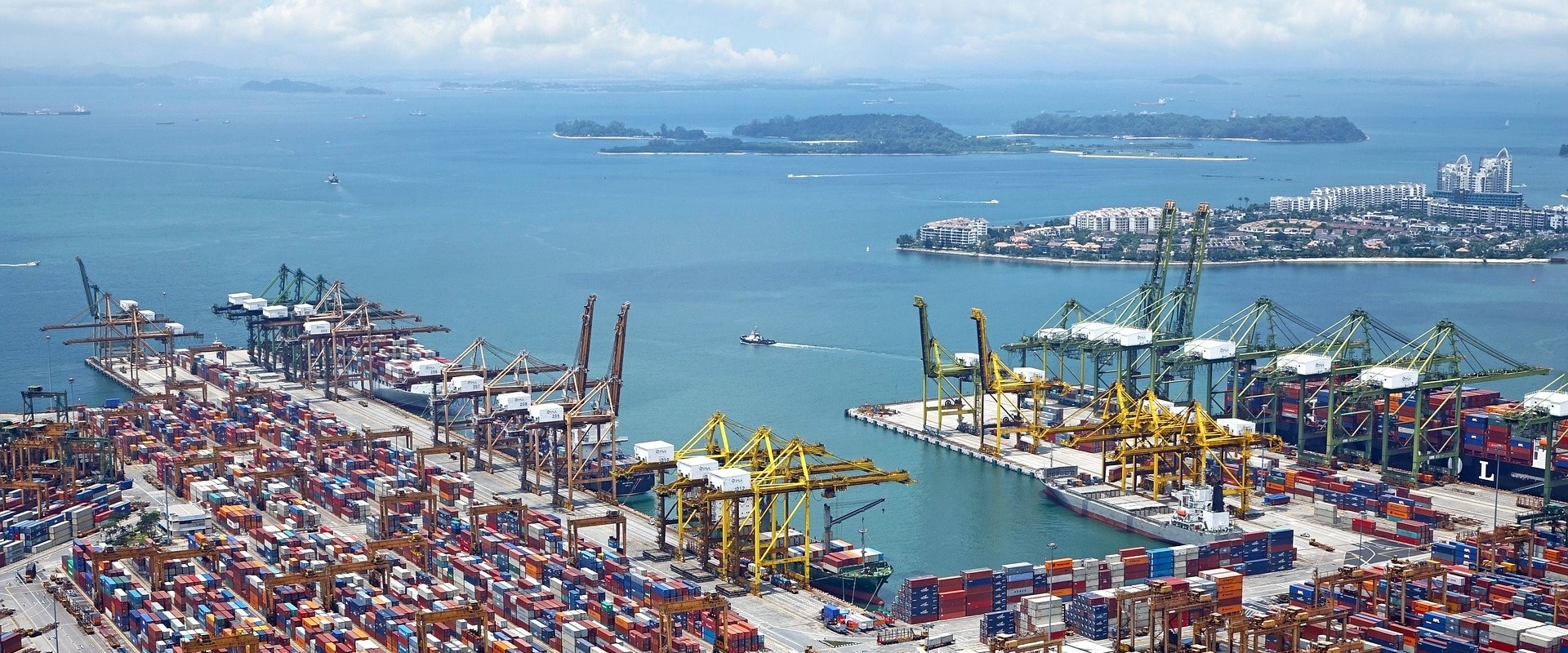Mission
Our mission is to improve the environmental performance and energy efficiency of road, marine, and air transportation, in order to benefit public health and mitigate climate change.
Global demand for transportation is surging, and with it, inexorably, carbon emissions—not to mention other forms of air pollution. Transforming the technologies and systems that move people and goods around the world is an urgent imperative.
The International Council on Clean Transportation (ICCT) is an independent nonprofit organization founded in 2001 to provide first-rate, unbiased research and technical and scientific analysis to environmental regulators.
In the last five years alone, we have worked successfully with regulators and lawmakers around the world and have played a significant role in 48 distinct regulations and policies.
VISION 2050
We have less than 15 years to cut global CO2 emissions in half, and 30 years to get to net zero if we want any chance of limiting global warming to 1.5 degrees Celsius. It can be done.
AMBITIOUS YET FEASIBLE
The bottom line is that a sector that is almost exclusively dependent on a single energy source, petroleum, operating on infrastructure that represents trillions of dollars of investment over many decades, must change substantially in little more than a generation.
In our Vision 2050 paper, we address four questions that are central to the ICCT’s vision for decarbonizing the global transportation sector.
- What is the baseline trajectory of global transportation emissions from 2020 to 2050 by country and by vehicle segment?
- What is the magnitude of reductions needed if the global transport sector is to contribute to keeping global temperature rise below 1.5°C?
- What is an ambitious yet feasible set of policies and technologies for decarbonizing the transportation sector by mid-century?
- What are the highest priority focus areas over the next five years?

China Program
China is the largest market for new light- and heavy-duty vehicles. Seven of the world’s 10 largest container ports are in China. The nation’s industrial dynamism has also created some of the world’s worst air-quality issues and made China the world’s biggest carbon emitter. Policymakers have responded with stringent, innovative regulations, and China is moving into a leadership role in transport climate policy. The ICCT’s China staff supports effective regulation of emissions in the transport sector and works to provide officials with sound, reliable technical and scientific data.
Today, China is facing unprecedented challenges but also offering tremendous opportunities in cleaning up its urban air quality and reducing energy consumption and GHG impact. Mobile sources account for a significant share of air pollution, according to latest air-quality source analyses in major cities.
The Xi administration has shown strongest determination, ever, in fighting against air pollution and planned for a number of core “battles” including one specially against emissions from diesel vehicles and engines.
This milestone for our China representative office is a key to enabling collaborations with Chinese decision-making agencies and other core stakeholders to move forward various mobile source emission policies. We are confident that it will have a profound impact on our future China strategies and activities.








